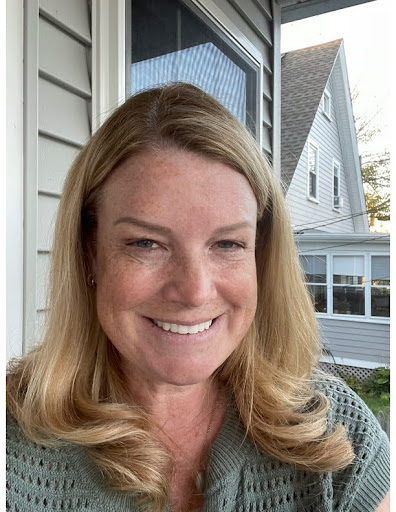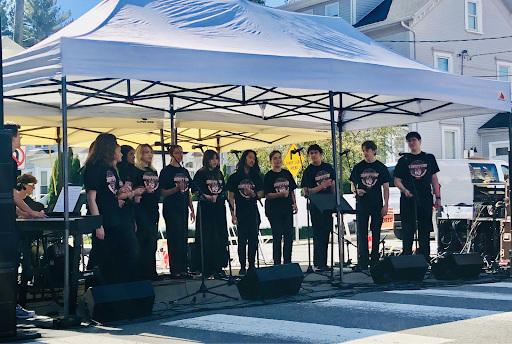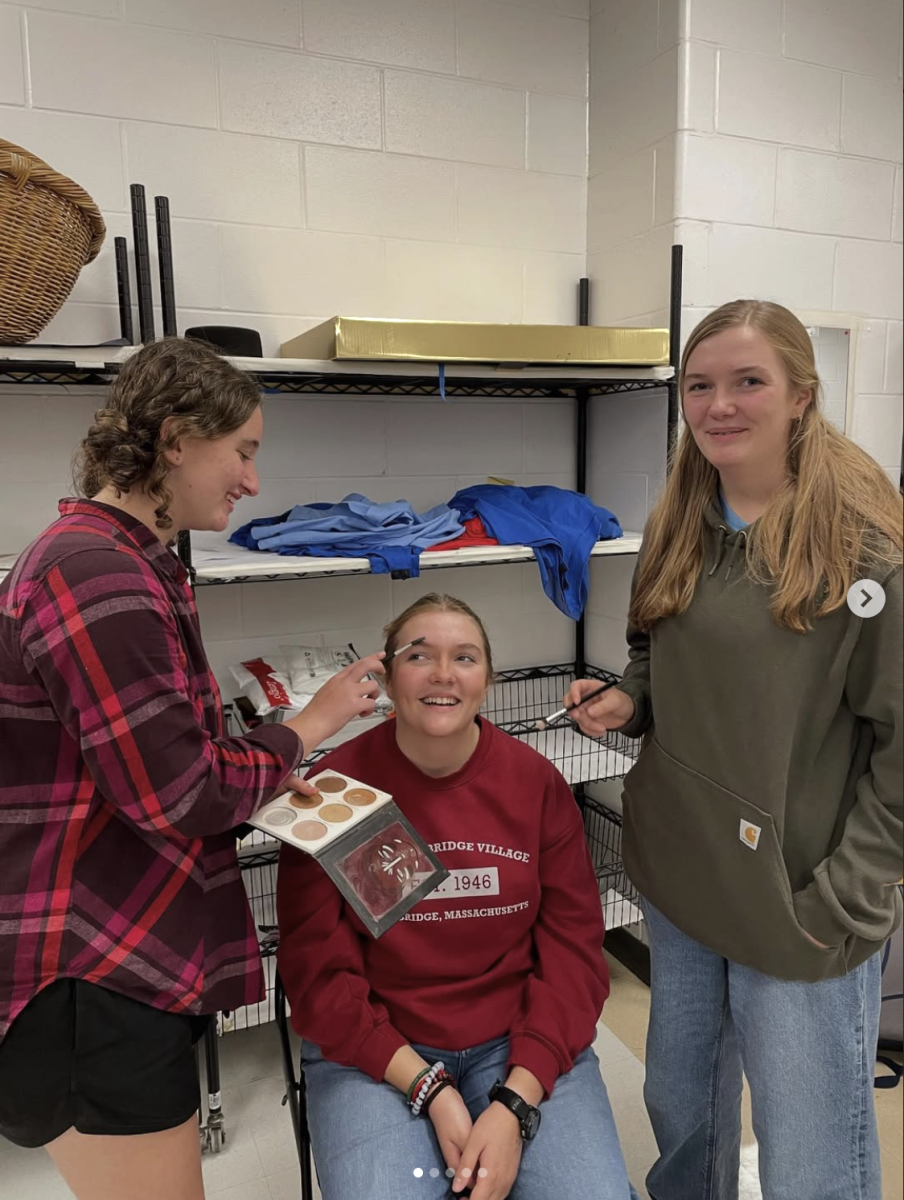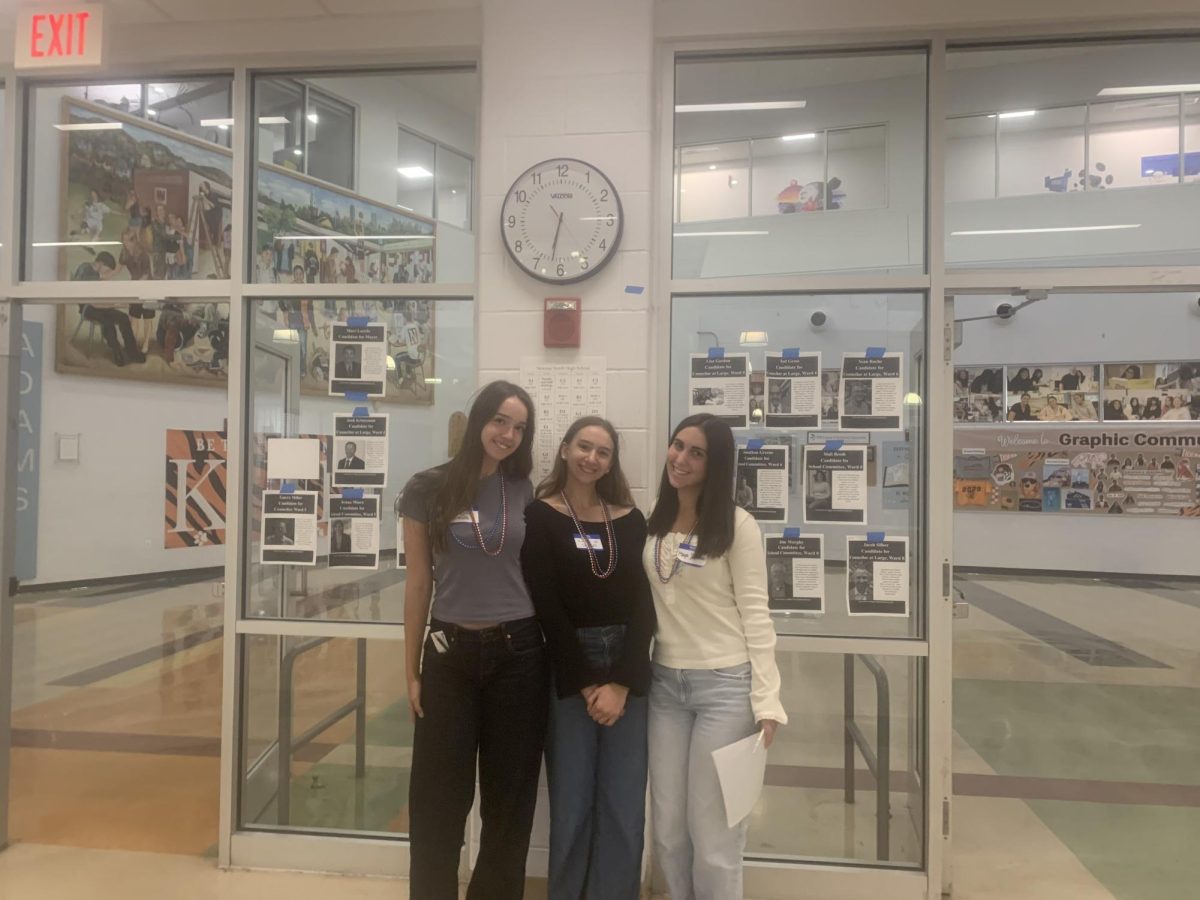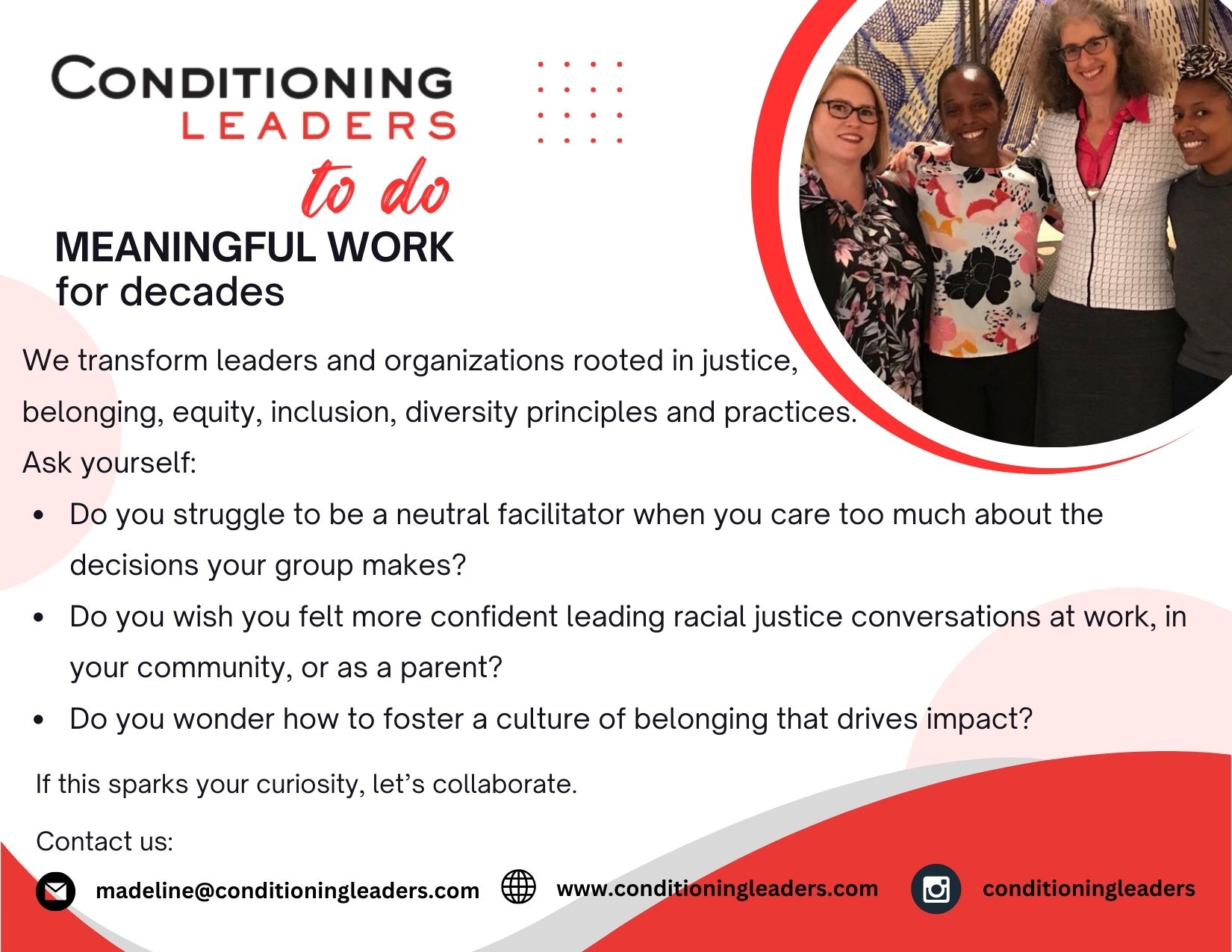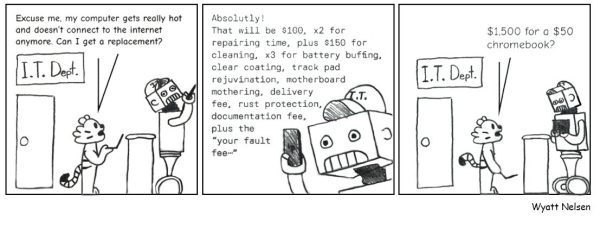Lawmakers must prioritize preventing gun violence rather than simply managing it
November 7, 2022
Despite continuous but unsuccessful gun legislation, high profile shootings have become a grim normalcy in the American news cycle. The massacres in Uvalde, Texas and in Buffalo, New York last May serve as somber reminders that political inaction costs the lives of innocent people. Currently, the solutions made to combat America’s gun crisis focus on managing gun violence and minimizing the damage caused by shootings—instead, sustainable solutions that tackle both high-casualty shootings and low-casualty skirmishes at its roots must be the solutions lawmakers prioritize.
The solutions to America’s gun crisis, such as Ohio’s bill allowing teachers to open carry in school, regard discouraging gun violence—while these solutions are well-meaning, they do nothing to actually stop the systemic issues that create it. Regardless of how normalized panic buttons, armed teachers, or transparent backpacks are, gun violence will still occur and prove a financial strain on governments and a moral burden on lawmakers.
Instead, gun prevention measures seek to end the systemic causes that create gun violence, like the social issues that create mass shooters and the economic issues that cause low-causality skirmishes. Research has found systemic issues that create mass shooters include the desire to be sensationalized, whereas gun violence in lower-income communities is caused by poverty and a lack of social mobility.
A commonality between mass shooters, such as the Uvalde shooter, include the desire to be validated through their murders and the desire to increase fear through mass shooting, according to The Los Angeles Times. Careful, non-sensationalist news reporting that mitigates the media contagion effect—the notion that sensationalism over criminals encourages others to commit similar acts—can help alleviate mass shootings. “The more victims they kill, the more fame and attention they get,” notes criminologist Adam Lankford, a professor at the University of Alabama. “They’re being incentivized by the media coverage to be as destructive as possible.”
Rather, in mostly low-causality skirmishes in lower-income communities between 2007 to 2016, the victims of nearly half of all gun related deaths lived below the federal poverty line, according to JAMA Pediatrics. Similarly, Northeastern University professor Daniel Kim found that an increase in intergenerational social mobility led to a 25% decrease in neighborhood gun homicide rates. Legislation that tackles such issues include Biden’s Infrastructure Investment and Jobs Act, an act that invests in under-resourced communities, a common variable in many gun violence perpetrators.
Tackling these issues tackles not the byproducts of gun violence, but the existence of gun violence itself. If we had implemented such measures twenty-three years ago when the Columbine massacre occurred, we wouldn’t have to perpetually stare at mass shooting headlines, tweets of thoughts and prayers, and ask ourselves how America has once again failed itself and its people. Such solutions could take years to implement and require a fundamental change in our discussion of mass shootings, but the long wait and arduous process is entirely justified.


